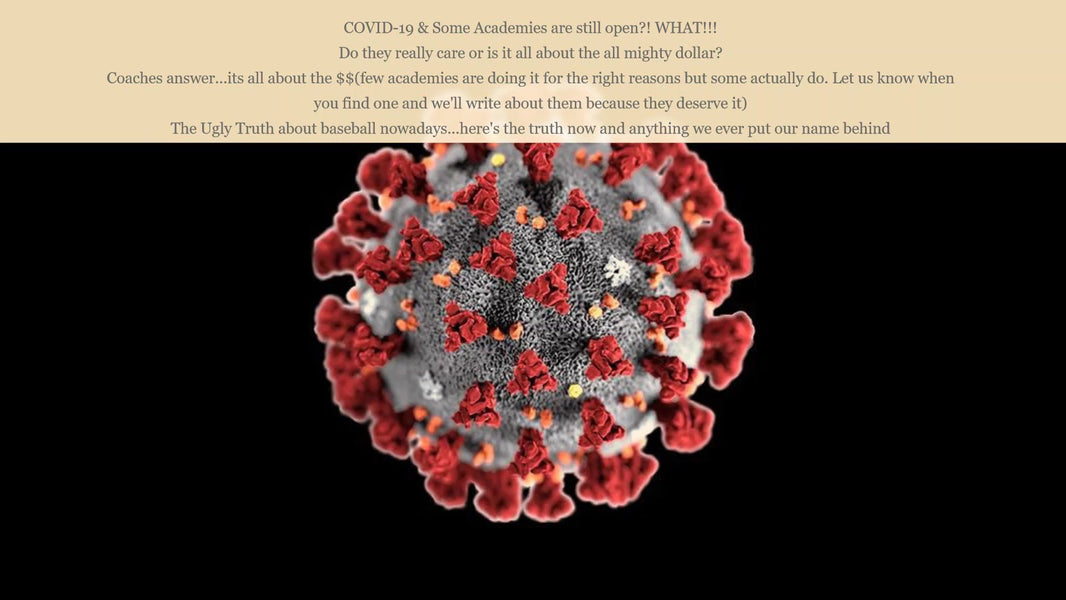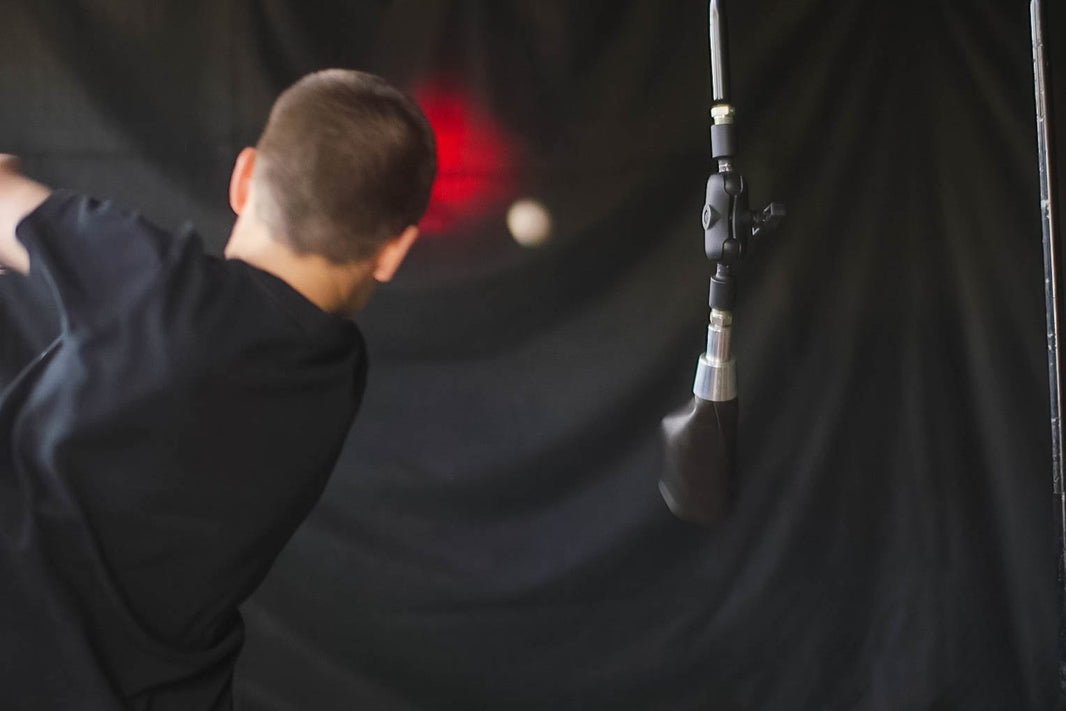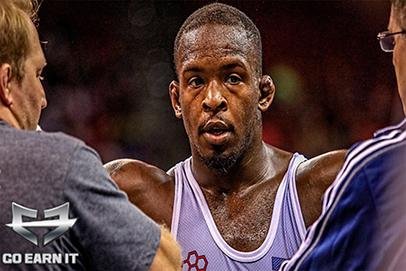Sports Motivation, in my opinion, is one of the most “Over Used” terms in sports. Anytime an announcer or sports figure is at a loss of words, they fall back on the old reliable quote… “The Team was or wasn't motivated”. What’s that suppose to mean?
Go to the Internet and google the word. You’ll be inundated with 1000s of Speakers, Books, Videos, Songs, Quotes, Ebooks and DVDs. Then science and the mental health people jump into the fray and start slinging fancy words very few people know the meaning, at least I hope so because I don’t.
So why are we even discussing the subject? Because as a Coach it is You who will be responsible for the emotional well being of your players and it is important you know what you’re suppose to do and how to do it.
Let’s bring “Sports Motivation” down to layman’s terms which we can apply to baseball. It’s important to note the action, is an emotion, but is essentially broken down into two distinct categories.
Coach's Duty
Intrinsic: This type of action derives from within the person. The person him/her self is driven to achieve their goals without the need of any outside prodding and will not accept failure.
They drive to maintain straight A’s to prove to themselves they can do it and they know this accomplishment will allow them their choice of colleges. This is not to be confused with self
Selfishness or arrogance. The person may dream of becoming a great doctor in order to help 3rd world countries.
I’d venture to say every player currently in the MLB has an intrinsic motive which drives them to over achieve.
Extrinsic: This type of action is created by outside forces and influences. This type of motivation explains 90% of animal behavior, but can also be applied to a large percentage of human behavior.
To use the education example of Intrinsic, this person must be motivated to maintain their grades by some sort of outside force or interference. They must maintain grade levels or they loose their driving privileges or their allowance.--Sports Motivation
The person is in the same educational environment as the first student, therefore some progress will be made, but to perform above “Get By” level, outside rewards or punishment must be utilized.
Those are the two basic types of players you’ll have to coach and it’s important to know which player fits into which category, because it’ll dictate how you will motivate them.
Hopefully your team consists of nothing but intrinsic players, but if you’re a draft team and not a try out or hand picked team, it’s doubtful. Actually, even if you have a hand picked team of super stars, their age and emotional level will create motivational issues.---Sports Motivation
Sports Motivation - the Driving Force to Achieve Goals
If you’re extremely lucky you’ll have a player who acts as a spark plug and keeps the team up, but don’t forget, even an All-Star player becomes only a team mate if the going gets real rough. In fact it can actually hurt a team in certain circumstances if players become resentful of the spark plug.
That being said, let’s get to the Brass Tacks, Team Motivation begins and ends with the Coach. Period. Your team will assume your personality and mental attitude, so be as prepared to teach attitude as you are to instruct hitting.
Spring training is about more than learning physical skills, although it is @ 90% of it, but mental and emotional toughness must also begin to be taught.
Getting to know your players is extremely important from all aspects. Watch the reaction of players as they go through their drills. Some players will become angry when they fail, others embarrassed, others take it as a learning experience and go about their business.
You must make a mental note of how each player reacts in order to be able to individually motivate him at sometime during the sea
son.
TIPS: Sports Motivation
You don’t want to raise your voice or pump your fist to prod a player who is already so anxious he’s bouncing off the dugout walls. This is when an arm around his shoulder and a softer monotone instruction is required.
“Okay Johnny, listen up. I don’t need a home run. Just make contact. OK”
Let’s look at what we just did. We calmed Johnny down somewhat with the soft voice. We let him know we didn’t expect him to try and overachieve by hitting a home run. We gave him specific directions, make contact. Then reaffirmed it all with an acknowledge question he has to reply to.
A player who has demonstrated passive or emotional feelings, anger, when failing at something requires a different approach.
“Alright now Johnny, this is no different than what you do every practice. In fact I throw faster at batting practice than this pitcher throws. Now go get ‘em.”
What’d we accomplish? Our voice has more of an authority tone, which means we know what we’re talking about and we have confidence he‘s up to the task. We remind him he’s already accomplished hitting baseballs thrown faster than he’s about to bat against. A final word of encouragement and a directive to do something.--- Sports Motivation
Addressing and motivating a team is naturally somewhat different than an individual because you’re dealing with various styles of motivation at the same time. This is where it’s imperative to make the players a team, they are being addressed as a team and will respond as a team.
98% of the time when I went to the pitching mound the entire infield came to the mound. First thing I did was have everyone take a deep breath to somewhat relax, but mainly to give their minds time to slow and prepare to listen.
The Motivation Chart Break-Down
No matter the reason for the situation, errors, walks or hits I made sure they understood we couldn’t change the situation we were in, we could only react to it. Then I would give specific directions and remind them as a “team” they could get out of this jam.---Sports Motivation
The conversation may go like this.
“ Alright, everyone deep breath. (Wait) Ok, we got into this situation as a team and we’re getting out of it as a team. I want everyone to come in @ 4 steps. Ground ball …comes home. Fly ball…help one another.” Looking at my pitcher “We just need strikes.” Glancing at my catcher “Good target now.”
As I left the field I always yelled to the outfielders and indicated with my fingers how many outs there were. That not only brought them back to focus but reinforced the “Team” feeling.
There are hundreds of different situations requiring different methods of motivation and 1000s of books, videos and various material with advise on how to handle motivation. Reading or listening to these materials can do nothing but help improve your understanding of how to motivate, but do you really have the time?
The important thing is you’re aware motivation is a needed skill in which to successfully coach a baseball team and it’s your responsibility, as the coach, to set the tone for the team.
Everyone has their own style and mine may sound quite foreign or unrealistic to you, and that’s fine. It worked for me, but another avenue may work much better for you.
I’ll close this segment with this comment:
“ The way a team plays as a whole determines its success. You may have the greatest bunch of individual stars in the world, but if they don’t play together, the club won’t be worth a dime.” Babe Ruth











